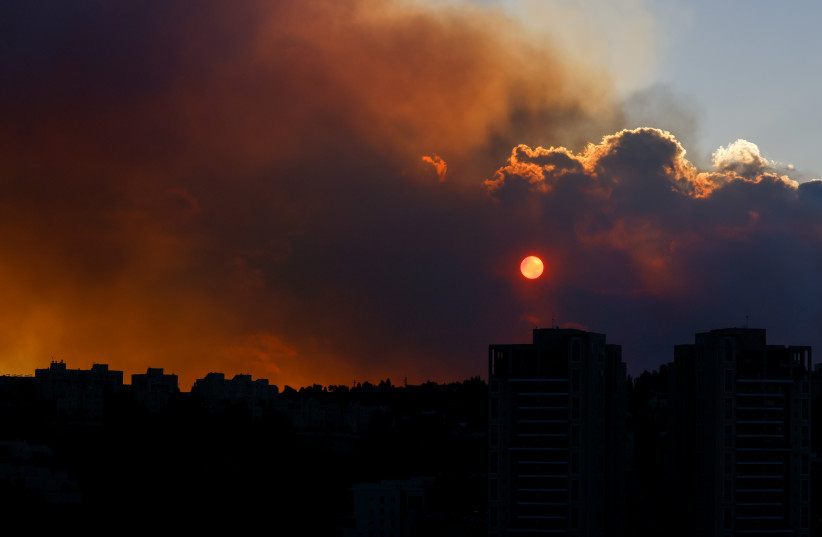A University of Cambridge study has found that, contrary to popular belief, controlled burning of forests and other natural areas can actually increase carbon levels in the soil of forests, savannahs, grasslands and other environments.
The study, which was published in the peer-reviewed scientific journal Nature Geoscience, outlined how planting trees and suppressing wildfires does not necessarily maximize the carbon storage of natural ecosystems, and how controlled burning can be a viable method of carbon storage.
“Using controlled burns in forests to mitigate future wildfire severity is a relatively well-known process. But we’ve found that in ecosystems including temperate forests, savannahs and grasslands, fire can stabilize or even increase soil carbon,” said the study’s lead author Dr. Adam Pellegrini of Cambridge’s Department of Plant Sciences.
Fire burns plant matter and organic layers within the soil, and severe wildfires can take years or even decades to re-accumulate lost soil carbons. The researchers, however, argue that fires can also cause other transformations within soils that can offset these immediate carbon losses – and may ultimately stabilize ecosystem carbon.

“Fire is often seen as a bad thing. We hope this new study will show that when managed properly, fire can also be good - both for maintaining biodiversity and for carbon storage,” said Pellegrini.
Fire stabilizes carbon within the soil in several ways: It creates charcoal – which is very resistant to decomposition – and forms physical clumps of soil called “aggregates” that can protect carbon-rich organic matter. Fire can also increase the amount of carbon bound tightly to minerals in the soil.
While intense or frequent fires burn all the plant material that would otherwise decompose and release carbon into the soil, a lack of fires leads to the recycling of soil carbons, meaning organic matter from plants gets consumed by microbes and released as carbon dioxide or methane gas.
Controlled burning through cooler, infrequent fires helps encourage grass growth and can increase root biomass – therefore increasing the amount of carbon stored in an ecosystem.
“Ecosystems can store huge amounts of carbon when the frequency and intensity of fires are just right. It’s all about the balance of carbon going into soils from dead plant biomass, and carbon going out of soils from decomposition, erosion and leaching,” Pellegrini declared.
